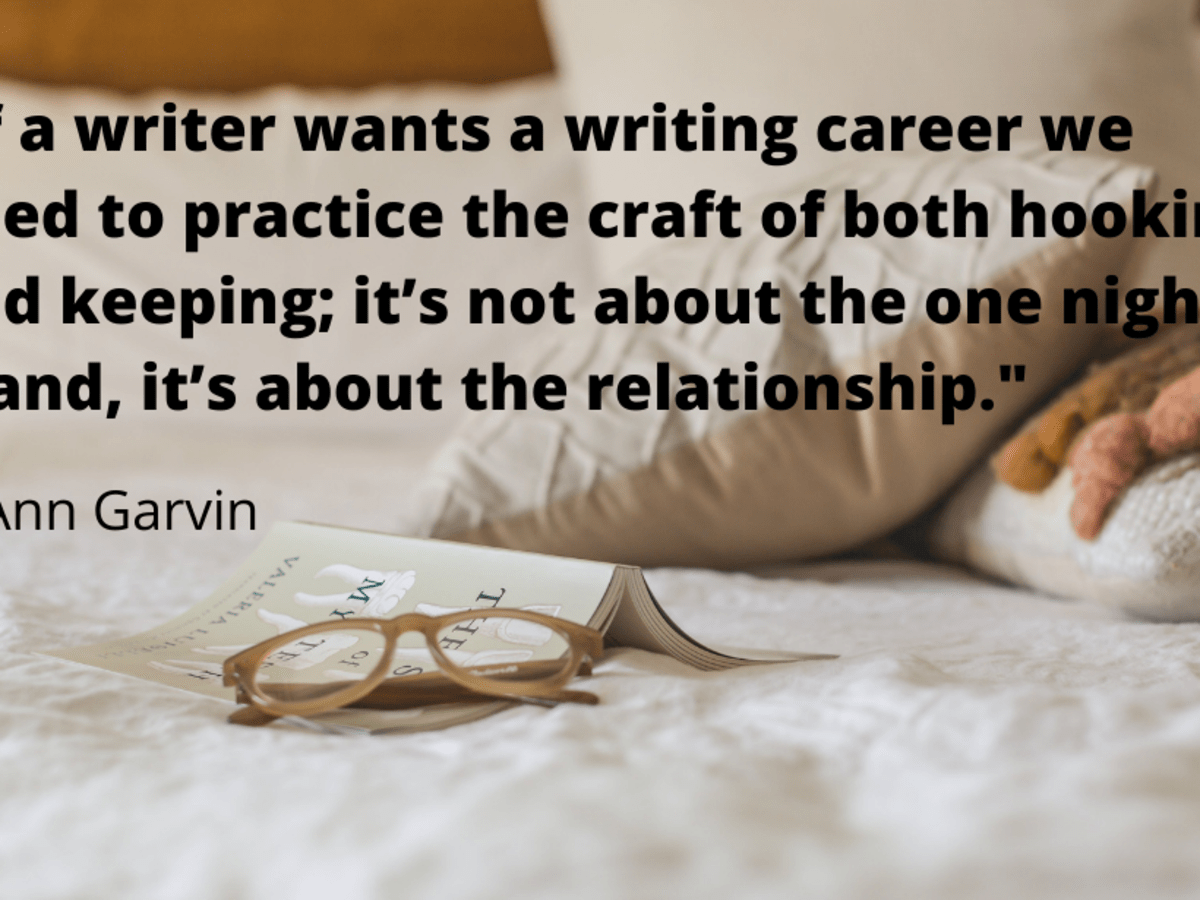How do Great Writers Keep their Readers Hooked

Great writers employ various techniques to keep their readers hooked and engaged throughout their writing. Here are some strategies commonly used by skilled writers:
Compelling Openings: Great writers often start with attention-grabbing openings that immediately draw readers into the story or topic. This could be an intriguing question, a vivid description, a shocking statement, or an anecdote that piques curiosity.
Strong Narrative Voice: Establishing a strong narrative voice creates a sense of intimacy and connection between the writer and the reader. Writers who infuse their writing with personality, authenticity, and emotion can captivate readers and keep them engaged.
Vivid Descriptions and Imagery: Using descriptive language and vivid imagery helps readers visualize scenes, characters, and settings. Painting a rich sensory experience through words immerses readers in the story and brings it to life.
Compelling Characters: Well-developed and relatable characters are essential for engaging storytelling. Great writers create characters with depth, complexity, and emotional resonance, making readers care about their journey and outcomes.
Suspense and Tension: Incorporating elements of suspense, mystery, or tension keeps readers invested in the story. Foreshadowing, cliffhangers, plot twists, and unresolved conflicts can create anticipation and drive the narrative forward.
Dialogue: Engaging dialogue brings characters to life and advances the plot while revealing insights into their personalities, motivations, and relationships. Dialogue should feel natural, authentic, and contribute to character development and storytelling.
Pacing: Effective pacing maintains momentum and keeps readers turning the pages. Great writers skillfully balance moments of action and tension with quieter, reflective scenes, creating a dynamic rhythm that propels the story forward.
Emotional Resonance: Tapping into readers' emotions is a powerful way to keep them invested in the story. Great writers evoke empathy, empathy, and a range of emotions through compelling storytelling, relatable characters, and poignant themes.
Surprise and Subversion: Subverting expectations and surprising readers with unexpected plot twists or revelations can reignite interest and keep them engaged. However, these surprises should feel earned and consistent with the story's internal logic.
Themes and Subtext: Exploring universal themes and deeper layers of meaning adds depth and complexity to the narrative. Great writers weave themes and subtext throughout their work, inviting readers to reflect and interpret the story on multiple levels.
Conflict and Resolution: Compelling conflicts drive the narrative forward and create tension, while satisfying resolutions provide closure and emotional payoff for readers. Great writers skillfully balance conflict and resolution to keep readers engaged and invested in the outcome.
By employing these techniques, great writers can effectively hook and retain their readers' attention, creating a memorable and immersive reading experience.
Thank you,